In the rapidly evolving field of air engineering, innovations frequently redefine our understanding of aerodynamics and aircraft performance. One such groundbreaking development is the Pulsecraft Parallel Vortex, commonly referred to as PPV 3109019.
This novel technique has garnered significant attention due to its profound impact on aircraft maneuverability and overall performance. In this comprehensive article, we will delve deep into the intricacies of PPV 3109019, exploring its principles, applications, challenges, and future potential.
Understanding PPV 3109019
What is Pulsecraft Parallel Vortex (PPV 3109019)?
Pulsecraft Parallel Vortex, or PPV 3109019, is an advanced aerodynamic technology designed to enhance aircraft performance by manipulating airflow around the aircraft. The core concept revolves around creating parallel vortex patterns that influence the stability and control of the aircraft. This technique aims to optimize lift, reduce drag, and improve maneuverability, especially in complex flight conditions.
How Does PPV 3109019 Work?
PPV 3109019 operates by generating controlled vortices along the aircraft’s wings and fuselage. These vortices are created using a combination of aerodynamic surfaces and propulsion systems, strategically placed to induce desired airflow patterns.
The parallel arrangement of these vortices interacts with the surrounding air, resulting in improved lift distribution and reduced aerodynamic drag. This interaction also contributes to enhanced stability and control during various flight maneuvers.
The Science Behind PPV 3109019
Aerodynamic Principles
To comprehend the effectiveness of PPV 3109019, it is essential to understand the underlying aerodynamic principles. Vortices are circular patterns of rotating air created by the pressure differences on the aircraft’s surfaces.
Traditionally, vortices have been associated with increased drag and instability. However, PPV 3109019 leverages these vortices in a controlled manner to achieve specific aerodynamic benefits.
Vortex Generation and Control
The generation of parallel vortices in PPV 3109019 involves precise engineering of the aircraft’s surfaces. This includes the design of winglets, control surfaces, and even the placement of propulsion systems.
By carefully controlling the size, strength, and position of these vortices, engineers can manipulate the airflow to achieve optimal lift and reduced drag. Advanced computational fluid dynamics (CFD) simulations play a crucial role in designing and testing these vortex patterns.
Impact on Lift and Drag
One of the primary advantages of PPV 3109019 is its ability to enhance lift while minimizing drag. The parallel vortices help to distribute the lift more evenly across the wings, reducing the likelihood of stall and improving overall aerodynamic efficiency.
Applications of PPV 3109019
Military Aviation
PPV 3109019 has significant implications for military aviation, where maneuverability and performance are critical. Fighter jets equipped with this technology can achieve superior agility and control during combat maneuvers. The enhanced lift and reduced drag also contribute to improved fuel efficiency, extending the operational range of military aircraft.
Commercial Aviation
In the commercial aviation sector, PPV 3109019 offers potential benefits in terms of fuel savings and passenger comfort. Airlines can reduce operational costs by optimizing fuel consumption through improved aerodynamic efficiency. Additionally, the enhanced stability and control provided by PPV 3109019 contribute to smoother flights, reducing turbulence and enhancing passenger experience.
Unmanned Aerial Vehicles (UAVs)
The application of PPV 3109019 in UAVs is particularly promising. These vehicles often operate in complex environments where maneuverability and stability are crucial. By incorporating PPV 3109019, UAVs can achieve better control in adverse weather conditions, enabling more precise missions and expanding their operational capabilities.
Challenges and Limitations
Technical Challenges
Despite its numerous advantages, the implementation of PPV 3109019 presents several technical challenges. The precise control of vortex generation requires advanced engineering and sophisticated control systems. Ensuring the reliability and consistency of these vortices in various flight conditions is a complex task that demands continuous research and development.
Safety Concerns
The introduction of new aerodynamic technologies always raises safety concerns. While PPV 3109019 has the potential to enhance aircraft performance, it is essential to conduct rigorous testing and validation to ensure its safety and reliability. Any failure in the vortex generation or control systems could have serious implications for flight safety.
Regulatory Hurdles
The adoption of PPV 3109019 in commercial aviation requires approval from regulatory bodies such as the Federal Aviation Administration (FAA) and the European Union Aviation Safety Agency (EASA). Meeting the stringent safety and performance standards set by these agencies can be a lengthy and challenging process.
Future Prospects of PPV 3109019
Advancements in Computational Fluid Dynamics
The future of PPV 3109019 is closely tied to advancements in computational fluid dynamics (CFD) and simulation technologies. As CFD tools become more sophisticated, engineers can design and optimize vortex patterns with greater precision. This will lead to improved performance and broader adoption of PPV 3109019 in various aircraft types.
Integration with Emerging Technologies
The integration of PPV 3109019 with other emerging technologies, such as artificial intelligence (AI) and machine learning, holds significant potential. AI algorithms can analyze real-time flight data to optimize vortex generation and control dynamically. This adaptive approach can enhance the overall performance and safety of aircraft equipped with PPV 3109019.
Expansion to New Aircraft Designs
The principles of PPV 3109019 can be applied to a wide range of aircraft designs, including next-generation supersonic and hypersonic vehicles. These high-speed aircraft face unique aerodynamic challenges, and PPV 3109019 can play a crucial role in improving their performance and stability.
Conclusion
PPV 3109019 represents a significant leap forward in the field of air engineering, offering the potential to revolutionize aircraft performance and maneuverability. By harnessing the power of parallel vortices, this innovative technology addresses some of the longstanding challenges in aerodynamics. While there are technical, safety, and regulatory hurdles to overcome, the future prospects of PPV 3109019 are promising. As research and development continue, we can expect to see broader adoption and new applications of this groundbreaking technology in the aviation industry.
FAQs
What is PPV 3109019?
PPV 3109019, or Pulsecraft Parallel Vortex, is an advanced aerodynamic technology designed to enhance aircraft performance by generating controlled parallel vortices to optimize lift, reduce drag, and improve maneuverability.
How does PPV 3109019 improve aircraft performance?
PPV 3109019 improves aircraft performance by generating parallel vortices that enhance lift distribution, reduce aerodynamic drag, and provide better stability and control during flight maneuvers.
What are the main applications of PPV 3109019?
PPV 3109019 has applications in military aviation, commercial aviation, and unmanned aerial vehicles (UAVs), offering benefits such as enhanced maneuverability, fuel efficiency, and improved flight stability.
What challenges does PPV 3109019 face?
The main challenges include technical difficulties in precise vortex control, safety concerns related to new aerodynamic technologies, and regulatory hurdles for approval in commercial aviation.
What is the future potential of PPV 3109019?
The future potential of PPV 3109019 lies in advancements in computational fluid dynamics, integration with AI and machine learning, and its application in next-generation aircraft designs, including supersonic and hypersonic vehicles.





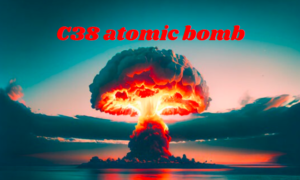
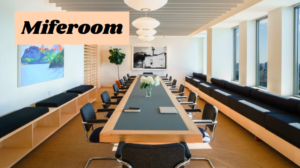
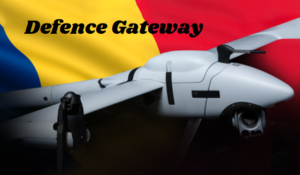



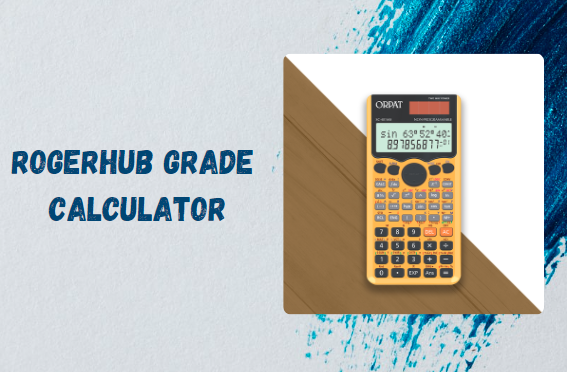







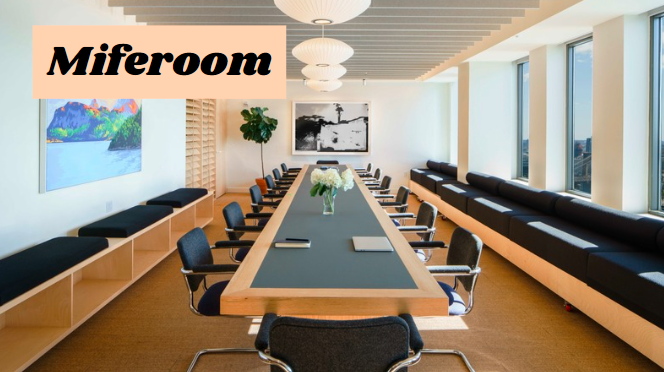

+ There are no comments
Add yours